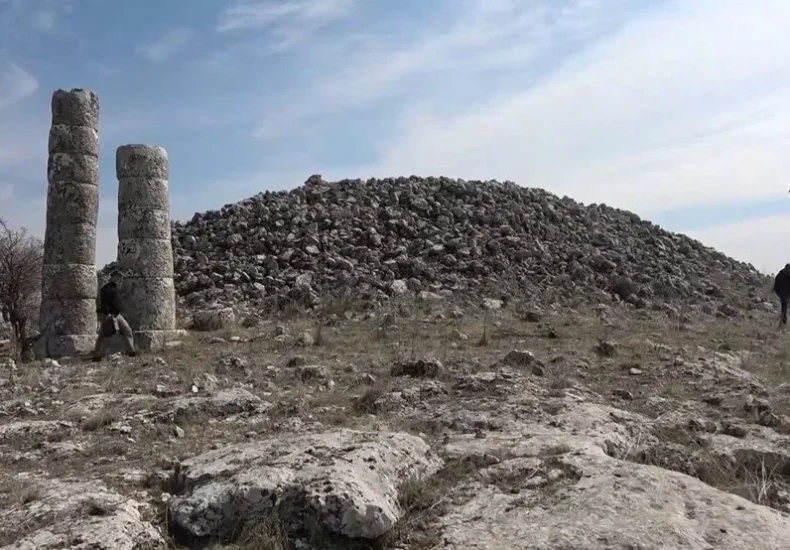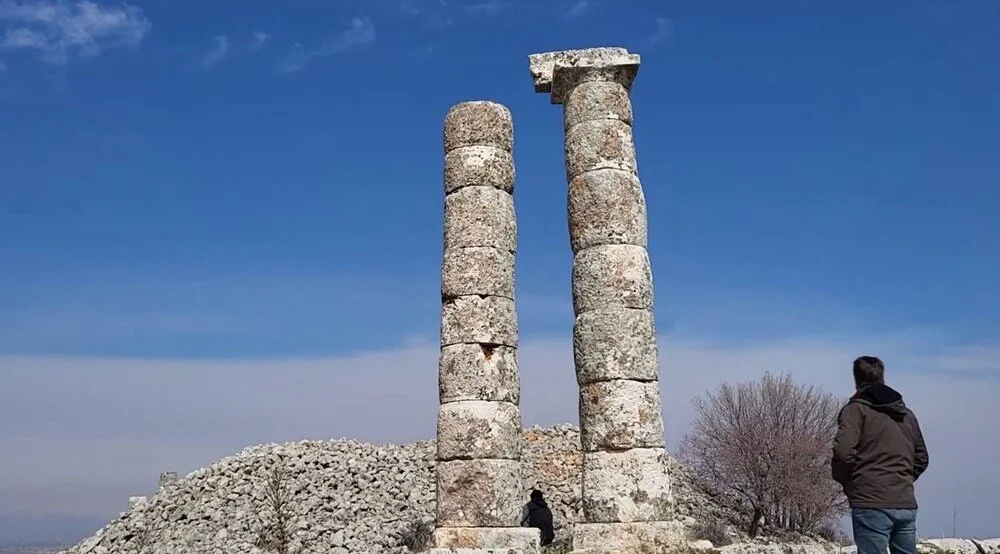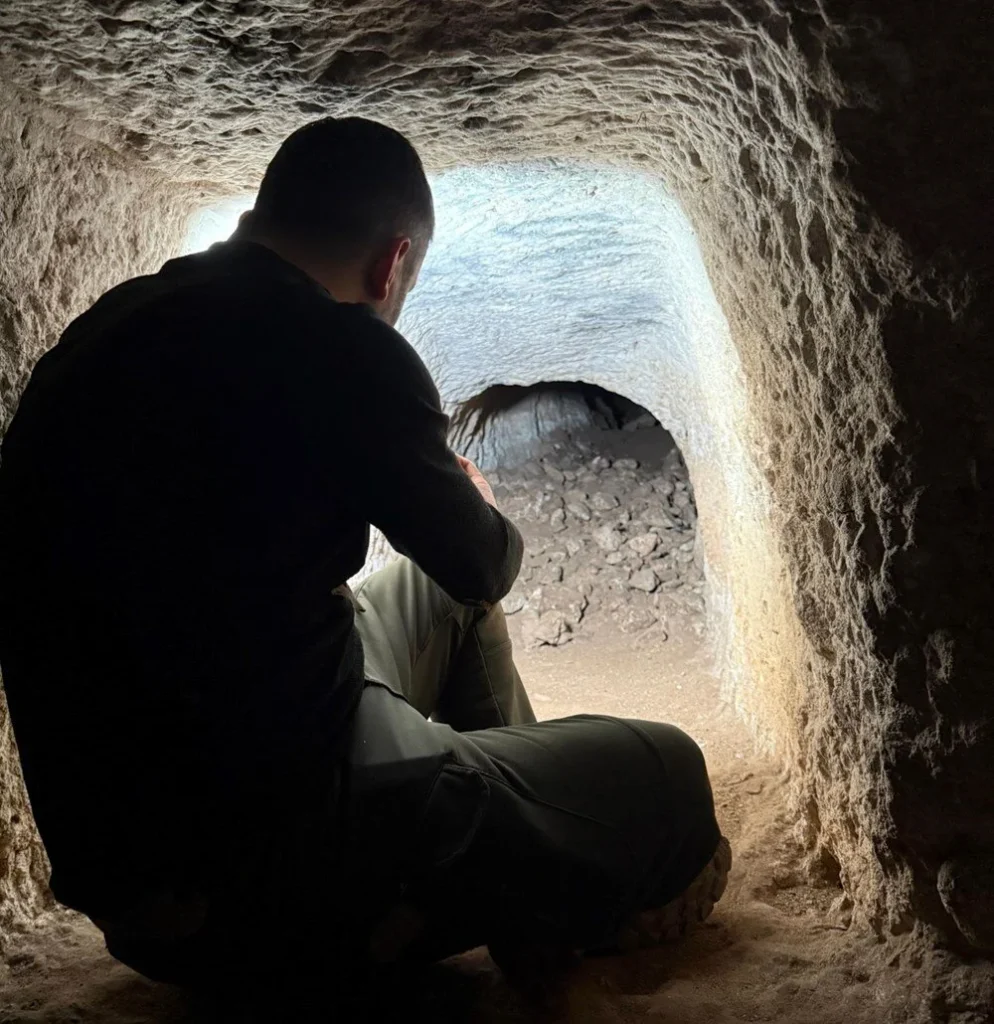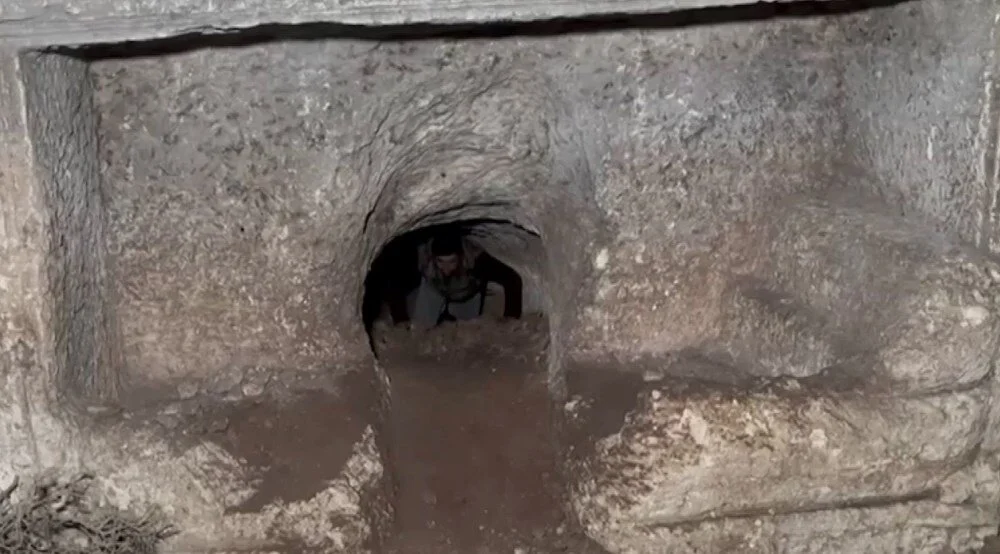
Commagene Kingdom’s Monument Defying Time: Sesönk Tumulus
In the mystical geography of Adıyaman, the Sesönk (Dikilitaş) Tumulus rises like a whisper from beyond time. This ancient structure is the 2060-year-old resting place of II. Mithridatis, son of Commagene King I. Antiochos. Bearing traces of luxury and splendor, this tumulus, with its rock-carved chambers and massive stone mound, holds a captivating mystery.
Unlike other tumuli, this monumental tomb, built with large rubble stones, reflects the unique architectural understanding of the Commagene Kingdom. Located like an eagle’s nest in the high-altitude Kızıltepe region of Dikilitaş Village, reaching this structure requires a challenging journey. However, this arduous journey offers visitors both a historical discovery and a breathtaking panoramic view.

The remnants of the columns that once stood around the tumulus whisper the splendor of the past. The reason why the Commagene kings preferred high places still remains a mystery. Perhaps it was the desire to be closer to the gods, or perhaps it was a strategic defense point.
Museum Director Mehmet Alkan provides the following information about the tumulus: “The height of this tumulus is 7 meters, and it is a tomb structure carved into a rock, with 3 niches. It can be entered now, and an elevation of 7 meters of rubble stones has been formed on the upper parts. It resembles Karakuş Tumulus and therefore appears as a tomb structure of the Commagene Kingdom. It is also thought that King II. Mithridatis, the son of I. Antiochos, was buried here between 36-21 BC. You can reach here by walking for about 20-25 minutes. It is in a very pristine area, at a high elevation. We know the Commagene king. They generally build all their structures in high places.”

The Sesönk Tumulus is a gateway to the mysterious world of the Commagene Kingdom, offering visitors both a historical heritage and an experience intertwined with nature.

Brief Information About the Commagene Kingdom:
The Commagene Kingdom was an ancient kingdom that ruled between 163 BC and 72 AD in the region where the present-day Adıyaman, Gaziantep, and Kahramanmaraş provinces are located. This kingdom, where Persian and Hellenistic cultures were blended, is especially known for its monumental tomb and giant statues on Mount Nemrut. The most glorious period of the kingdom was during the reign of I. Antiochos Theos. The Commagene kings, tracing their lineage to both Persian and Hellenic origins, established a bridge between the two cultures.
You may also like
- A 1700-year-old statue of Pan unearthed during the excavations at Polyeuktos in İstanbul
- The granary was found in the ancient city of Sebaste, founded by the first Roman emperor Augustus
- Donalar Kale Kapı Rock Tomb or Donalar Rock Tomb
- Theater emerges as works continue in ancient city of Perinthos
- Urartian King Argishti’s bronze shield revealed the name of an unknown country
- The religious center of Lycia, the ancient city of Letoon
- Who were the Luwians?
- A new study brings a fresh perspective on the Anatolian origin of the Indo-European languages
- Perhaps the oldest thermal treatment center in the world, which has been in continuous use for 2000 years -Basilica Therma Roman Bath or King’s Daughter-
- The largest synagogue of the ancient world, located in the ancient city of Sardis, is being restored











Leave a Reply